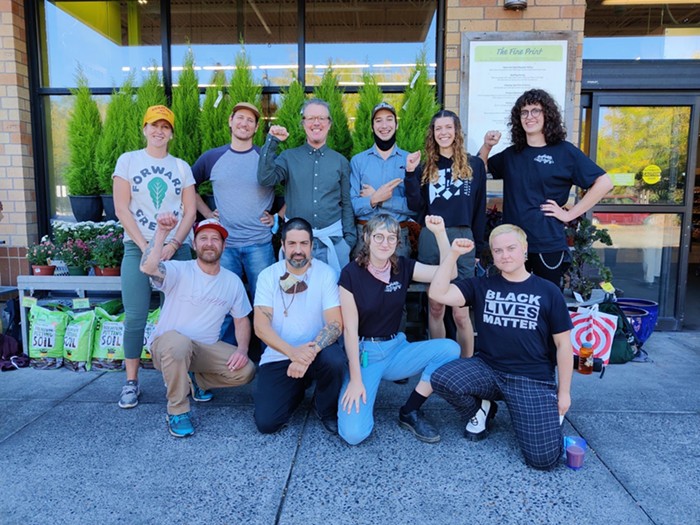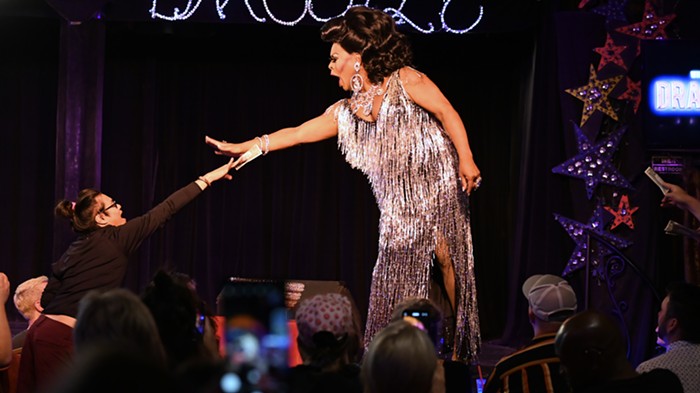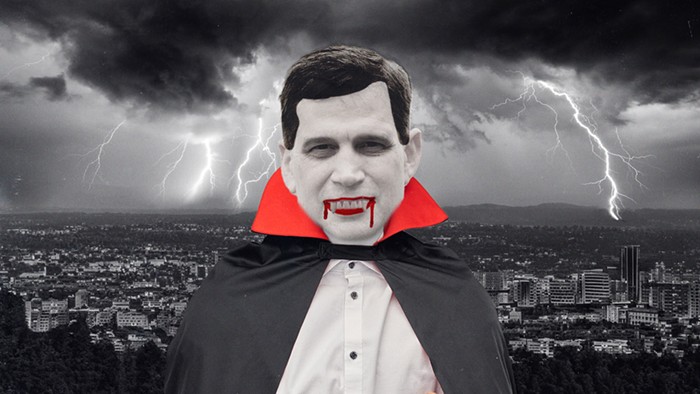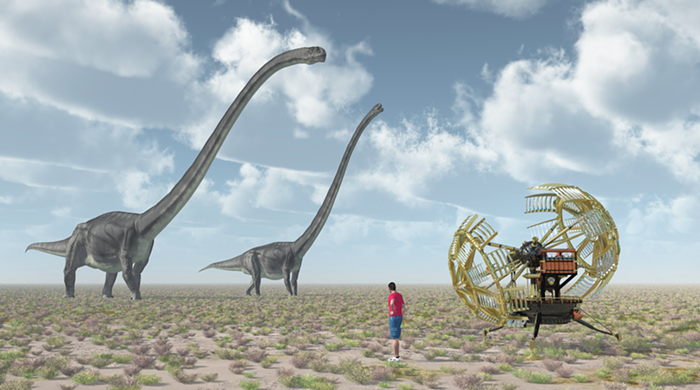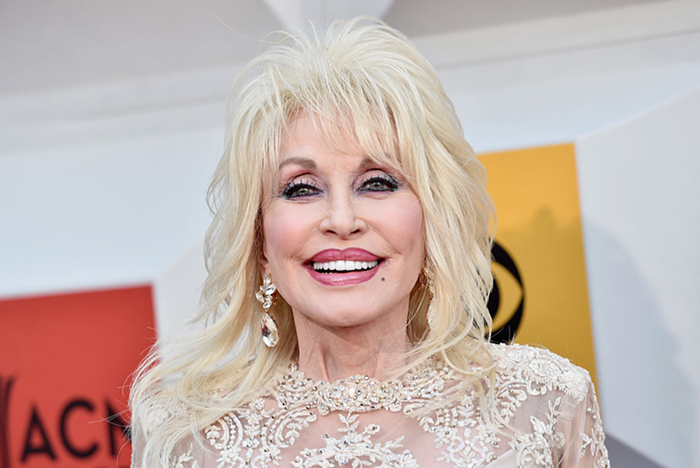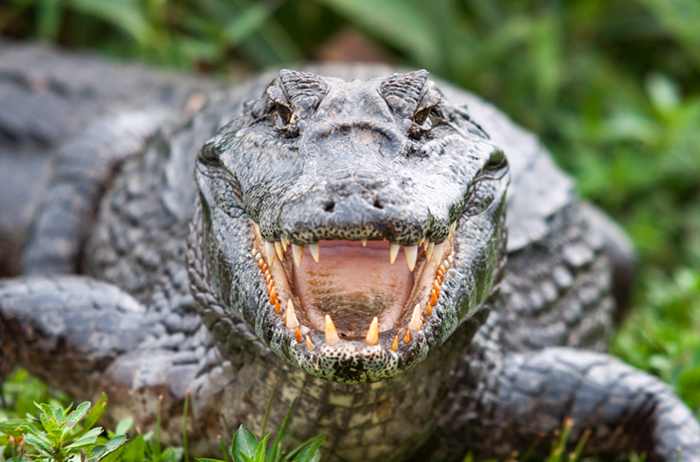
Pulsing with disco nostalgia and wildwood fantasies, Meg Wolfe’s PICA co-commissioned TBA:16 piece New Faithful Disco made its Portland debut at the Winningstad Theatre this weekend. The modern dance performance was a single, uninterrupted work with curiously contrasting motifs and a compelling musical framework—who doesn’t love a little funk?
Three dancers—taisha paggett, Marbles Radio, and Wolfe—awaken and crawl out from under a pile of large homemade quilts toward bright light. Their movements are trance-like in unison. Soon they have rolled up their blankets and hit the disco dance floor. Throughout the performance, they shift in and out of sync with one another. Their motion is expended in a variety of forms: executing chores like folding and putting away their quilts, a grammar of cool disco dance moves and gestures, or else more free-form expressions, from rapturous to writhing. Similarly, the music cycles from nature recordings to cacophonous sounds like slipping or rewound audiotape, resolving finally into an irresistible funky beat, only to dissolve again.
The three dancers’ interactions also explore boundaries of familiarity, ease, attraction, and strain. The program notes tell us that this is “a queer-love power-trio,” and their ever-changing arrangements and organization in space become preoccupying. Sometimes the soloist is the lonely odd one out, sometimes the star of the show, buffeted by backup dancers, heel-toeing to the beat. Sometimes all three come together to commune, embrace, or move in ecstatic, rhythmic union.

In a sequence roughly halfway through, the disco beat and red-lit dance club atmosphere vanishes and the dancers don hats with long white antlers. The lighting and music shift: Rain—or the hiss of running water—reverberates. It feels like an enchanted forest: The antlered dancers become creatures or creeping trees with their arms in the air. Soon, they pull their blankets around themselves like capes, displaying the gold jacquard underside of these props. They parade, then form a sort of council. This contrasting sequence underscores both that which is wild and occult in the prior disco sequences, and also the shared element of fantasy. Through contrast, we see better Wolfe’s pageboy haircut, the vocabulary of disco movement—is this disco nostalgia as similarly sentimentalizing or fictionalizing as the midsummer night’s dream-world?

In the following sequences, things become more contemporary: We hear tribal influences and beats, the lights use a broader array of quickly shifting color, the movement vocabulary expands. Then, like the jumbled cassette sound earlier, the sequences remix all the prior elements again and again: nostalgia and fantasy, and disco and antlers. Conceptually, I found this all a little strange, a little discordant, and not as fresh as I’d hoped it would be. But while it never entirely cohered, I found much to admire in the performance's details, the piece’s fascination with disco gestures, and its moments of dance floor fun that made it a pleasure to experience.
